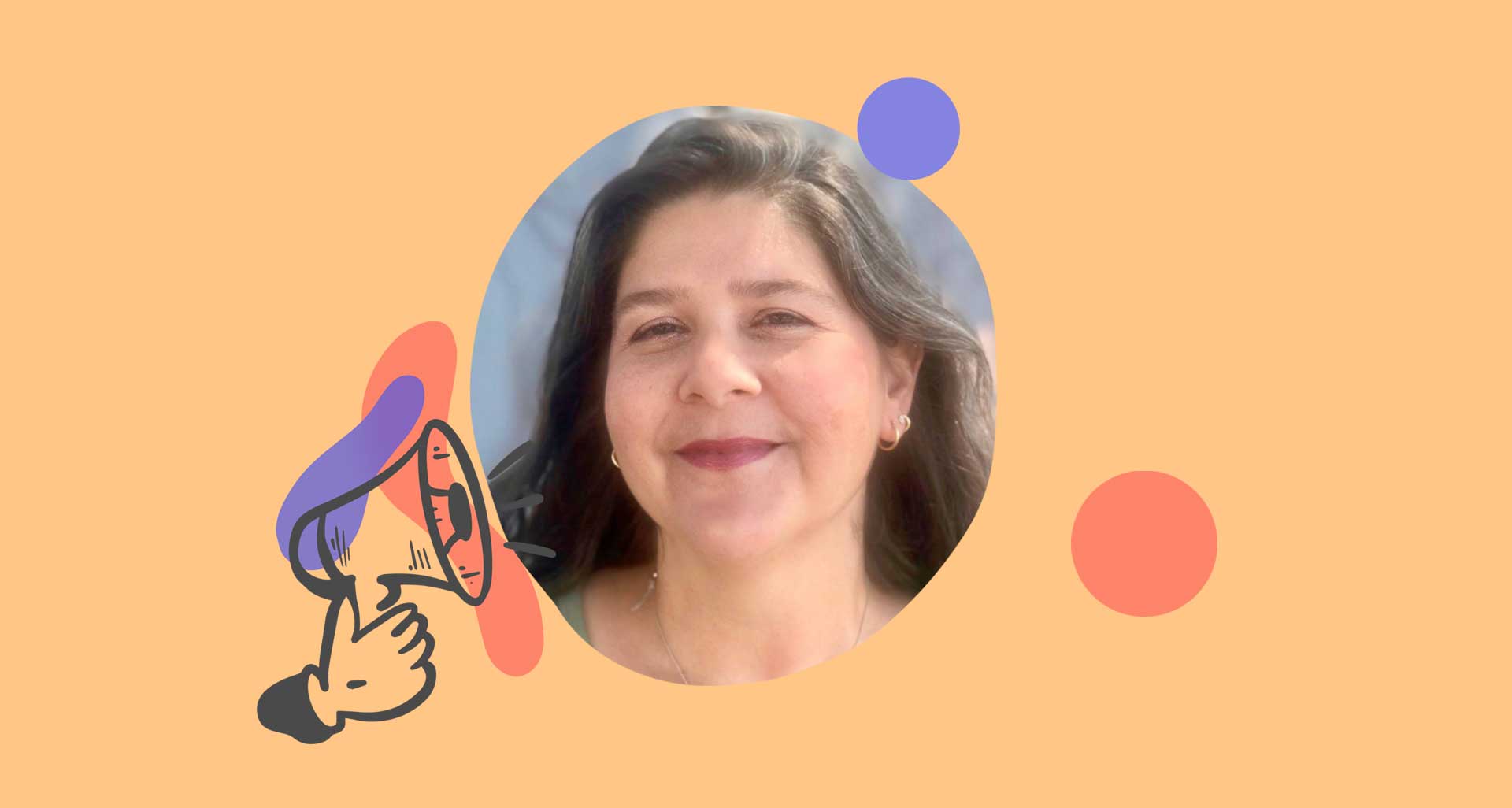How can we help?


The Engagement 4Cast

Jill Greenberg shares some of her experiences developing and implementing social media campaigns that connect with and amplify traditional communications campaigns.
Heming: Jill, as someone with a lot of experience running both traditional media campaigns, and digital campaigns, what’s the first thing you tell your clients when they ask you for help on an issue?
Jill: I’m a traditional communicator. There were fax machines and press releases and all that crap when I started doing this. But while the medium has changed over the years, my approach has not. I tell my clients to stay focused on what you’re trying to say to people. Figure out who you want to talk to, and that will guide the creation of the content that you want those people to consume. Not until you figure that out do you move on the where, and to social media.
I recently supported an NGO working on a campaign related to improving food labeling.. We figured out that the key audience would be mothers because they’re very conscious about what they’re feeding their children. So they are going to be a very motivated audience. But moms are not a homogenous group. There are lots of grandparents who are the primary caregivers for example, and so we had to think about age diversity when planning our messaging and tactics.
Heming: So once you’ve identified your audience, how do you approach the content?
Jill: You really need to be disciplined in doing this, because it’s really easy to overwhelm people. You want to give people information, but not overwhelm them. It’s a hard thing to finesse, because you don’t have a long time before the feed is pulling on to the next thing. So what’s the message that is going to get them off the feed and onto your website?
And its critical that you make your message understandable to that audience. When you think about who you’re talking to, just remember that this isn’t their job. So don’t talk to them like they’re an expert. Recently, I had a client on a campaign really push to include very precise numbers in their messages. They wanted the content to include “75.4%.” But who’s going to remember that? Is it really inaccurate to say “three quarters”? And then you just need to reach out to them in various ways, multiple times. First, defining the problem, then offering a solution, and then showing them the role they can play in bringing about the solution.
Heming: Are different social media platforms better for specific stages of the campaign than others, or for reaching different audiences?
Jill: For raising awareness, platforms like TikTok have a lot of promise, especially if you are targeting a younger audience, while platforms like Twitter might be more suitable for targeting decision-makers and opinion leaders. As campaigns progress to driving action, it’s essential to consider which platforms have a higher potential for conversion. Ultimately,the choice of platforms should align with your campaign’s objectives and the preferences of your target audience. The key is to create content that captures attention and makes the audience aware of the issue you’re addressing.
Heming: Are websites still relevant?
Jill: Landing pages play a crucial role in the conversion process. When people click on your ads and are directed to a website, you need to provide them with a high-quality experience. A well-designed landing page with a clear message can significantly impact conversion rates. It’s important to think about the destination as much as the journey to get there. If the landing page is confusing or lacks information, it can lead to a high bounce rate and really handicap the conversion process.
Heming: Is social media the most effective way to drive engagement and convert people?
Jill: Engagement and conversion require a lot of touch points, and social media is definitely important in building that relationship with your audience. It’s like dating; you can’t immediately ask someone to take action without building trust. But really, the most effective means of persuasion is still in person. On the food labeling campaign, we saw great impact when we set up at famer’s markets and just talked to people to get them to convert. Many of them had already seen ads on social media, a key indicator that ads were having an impact.
Jill is a communications strategist who has been helping organizations run successful media campaigns for over twenty years. During her career, she has worked on complex policy issues like foreign aid, climate change, and healthcare policy both in Washington, DC and around the globe. She was part of the team at the e International Campaign to Ban Landmines when they won the Nobel Peace Prize in 1997. She recently took time out of her busy schedule to join me on Zoom call from her home in Cape Town, South Africa.
Subscribe to the Engagement 4Cast.

